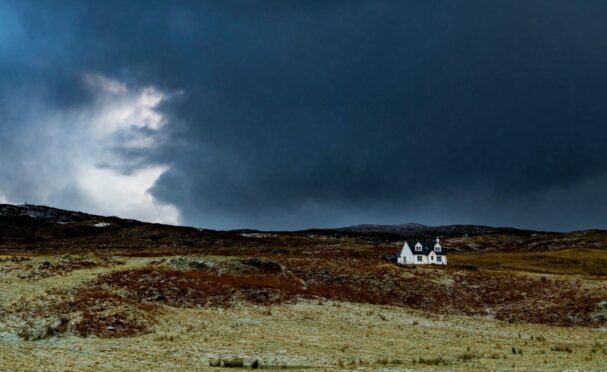
The lure of rural life on one of Scotland’s 90 islands became even more attractive as the country locked down.
However, a reported surge in interest from middle-aged mainlanders is fuelling soaring property prices on the islands and making it even harder for young people to find a home.
As islanders fear a future of dwindling, older populations, the Scottish Government last week announced it would pay young people and families £50,000 to relocate, promising to spend £5 million over the coming years.
The scheme has failed to impress islanders, however, who say more practical investment is needed to encourage more people to live and work there.
Iain Stephen Morrison, editor of Western Isles news and information service Am Pàipear, has lived on Uist pretty much all his life and says the Government money would be better spent improving life on the islands for existing residents and new ones, too.
“The answer to our problem isn’t so much incentive as creating opportunity,” said Morrison. “We have fantastic incentives. It’s beautiful, safe, great schools, a caring community.
“These are the reasons people want to live here, especially if they have moved away to study and come back to live and start having families themselves and want them to have the same great upbringing they had.
“But there are challenges and we need support to help with the challenges. Housing is a huge one, as is jobs. The internet signal is patchy, the phone signal is patchy, the transport system is breaking down…we need to look at all of that.”
Morrison said improving infrastructure and transport, creating jobs and making more land available for affordable housing should be the priorities.
“The number of visitors in recent years has grown considerably and people on the islands have responded with new campsites and homes becoming holiday rentals and Airbnbs,” he said.
“But there is a huge housing crisis and challenges getting on to the property ladder. With so many holiday homes, there are very few long-term rentals and property prices are going up year on year.
“With the onset of the pandemic, there is much fiercer competition when properties come on to the market. Families from here looking to bid on a house are being blown out by people on the mainland snapping them up.”
Andrena Duffin, secretary of Mull Community Council, added: “One of the pressing problems is the amount of short-term holiday lets. In one area in the south of the island 70% of the houses are now holiday cottages.”
Jim Hunter, senior researcher and emeritus professor of history at the University of the Highlands and Islands, says affordable housing needs to be made a priority – because there is little point in encouraging families to the isles if they can’t find a home.
“The fundamental issue is the growing impossibility for people on modest incomes to have any hope of buying a house on the islands,” said Hunter, a former chairman of Highlands and Islands Enterprise.
“And it’s not just confined to the islands, it’s anywhere rural all across the country. The house prices and land prices are astronomical and it has worsened in the last year with property prices sky-rocketing. And it’s nothing to do with the economy, it’s to do with people buying second homes or holiday homes.
“It’s all contributing to the fact that young people can’t live here even if they want to. Surveys have shown young people either in the Highlands and islands now want to continue living here and others elsewhere wish to live their lives in places like these.
“I grew up in the north part of Argyll in the ’50s and ’60s and at that time the people in my generation just took it for granted that moving away to the bright lights of the city was something that would happen.
“That’s changing now as young people want to live and work in these localities, possibly because there is a heightened awareness of the natural environment.”
Hunter said that in the past the focus was on creating jobs to attract people. But now remote working has become commonplace, it’s housing rather than employment which is the stumbling block.
“The sort of people attracted to living on the isles are tech-savvy people in their 20s and 30s, but we will never get them here because they can’t afford a home to live in,” said Hunter.
“What we need is the injection of huge amounts of money because the building costs are high and the land acquisition costs are high.
“What we really need is a commitment to tackling the difficulties the islands face. Things like better transport links and superfast broadband in all the localities, things we just don’t have now.”
Morrison said salaries and transport links were also big issues: “On many of the islands, and here on Uist, we have low wages, lower than the Scottish average. And transportation can mean a big block for businesses.
“There’s an issue with ferries. The Calmac fleet as a whole is old vessels that are prone to breakdowns and leads to restricted services. This has a knock-on effect on businesses who need the ferries to bring materials or to get products off the island.
“Capacity on the ferries has also been restricted because of social distancing and, with so many visitors, people here can find services are booked out for weeks at a time.
“Life here is great and I wouldn’t live anywhere else – but it could be better all round with a bit of investment.
“Offering people £50k to relocate is a novice idea. Giving people bungs to move their lives here isn’t going to solve the problem.”
Iain MacNeil, councillor for Barra, Vatersay, Eriskay and South Uist, agrees. “In many ways the bond looks like a gimmick to attract those who are after the good life,” he said.
“The realities of island living and the reasons behind depopulation aren’t addressed and a lump sum of money for 100 people is hardly going to make a dent in what’s needed. In the health and social care sector alone we need over 100 people in the Western Isles to fill vacancies.”
MacNeil said the Scottish Government must rethink its policies: “Decisions being made by our government are actively contributing to depopulation.
“The £5m would be better used to safeguard jobs and introduce new jobs in agencies that have a big presence in our islands but provide relatively few well-paid jobs. Digital broadband rollout has stalled – that needs to be sorted.”
MacNeil also agreed housing was one of the biggest issues: “Self-build and being able to afford property in the current climate is difficult yet it is vital to the future of the islands to have housing that meets people’s needs.
“The Uist and Barra Housing Group was formed to help address that aspect, helping the local community take housing into their own hands and work towards solving that part of the puzzle.
“But the way housing money allocated to the local authority is allowed to be spent restricts and hinders solutions put forward by islanders.
“If the government wants to encourage more people to live in the islands then it must listen to those of us who live here when we offer solutions.”
The houses for sale get more expensive every year. I lived in a caravan for seven years
After seven years living in a caravan, Olivia Seaton knows only too well the problems facing young islanders trying to get a foot on the property ladder.
She moved to Skye 11 years ago, and, now 30, Olivia – or Liv – lived most of them in a static caravan in her mum’s garden which she revamped to Insta-worthy standard while working as a hotel housekeeper, barmaid, shop assistant and
vet nurse.
Liv recently set up as a freelance editor and proof reader and she, her boyfriend of five years Dan, who grew up in the Highlands, and her cat Lola, swapped homes with her mum Lesley after she suggested it and are now renovating the cottage.
“The one downside is it’s hard for young people to get on to the property ladder,” Liv explained.
“There are very few rentals because there are so many holiday homes and the properties for sale just get more and more expensive every year. But I would never move away. My friends are here, my family, my partner. All the things that matter. My life as it is would never have happened if I hadn’t moved to Skye.
“A lot of people get to their teens then move away and maybe come back again when they have a family, but that’s because there’s nothing for young people to do.
“I stuck with it and made a life here and I couldn’t be happier.”
Liv added: “It’s great that the government is encouraging people to move to the islands but the money would be better spent investing in the islands and the people that are already here. People definitely already want to move to the islands but when they get here there’s little investment in their staying here.
“They could spend more on infrastructure, housing and making the isles better, especially for young people.”
Liv first visited the island during school holidays. She said: “We’d been coming to Skye since I was about eight and we just fell in love with it. We loved the outdoors, the community spirit, we just always felt really comfortable here.
“In fact, every year we left to go home, my mum would say that she would really love to move to Skye.”
Years later after Liv’s parents split, her mum travelled to Skye to visit a friend, and came back home to Buckinghamshire saying she’d had an offer on a house accepted.
“It was unexpected but not a snap decision,” Liv said. “After all, mum had been talking about it for nearly 20 years.”
Liv, younger brother Arthur and Lesley took the plunge and moved. “It was a big culture shock and a bit strange at first, but we soon settled in,” said Liv.
“The lack of a rat race is part of the charm. There’s no rush-hour traffic, no worrying about keeping up with the Joneses.
“It’s hard not to feel at home here. The people aren’t just your fellow islanders, they are your colleagues and customers too and so friendly and welcoming and would do anything for you. “
The romance of the islands must be balanced with realities of life
by Gavin Francis
Why do we still read Robinson Crusoe, a book 300 years old? Why is Desert Island Discs the longest-running show on the radio, and Love Island one of the most popular on TV?
The idea of islands has always had a grip on the human imagination.
I’m no different – as a boy growing up in Fife my family holidays were to a campsite in the East Neuk, where each evening I’d drift off to sleep watching the blinking of the lighthouse on the Isle of May halfway across the firth to the south.
I was fascinated, and hoped one day to get there. On visits to Dunfermline’s Carnegie library I’d often as not sit down in the reference section and open the immense World Atlas, running my fingers over islands of the Pacific, Caribbean, and Aegean, hoping one day to see those too.
Years went by, and that passion persisted. Even once I qualified in medicine and began to work in Edinburgh as a doctor, each holiday period I’d get myself on a ferry – Shetland or the Hebrides – or take off on longer journeys to Greece, the Indian Ocean, or Arctic Norway. It wasn’t that I didn’t love the city – I did – but there was a sense of relief I loved about visiting islands as well.
One year, in order to recover from a particularly difficult medical job, I took a month off to work as a nature warden on the Isle of May.
My bunkroom was in a terrace of lighthousekeepers’ cottages, and my new neighbours were hundreds of thousands of seabirds. The worries of the medical job dissolved and the change in work was a tonic – tending to birds rather than the ceaseless demands of my patients.
If all this sounds unforgivably romantic I’m well aware that the reality of life in a small island community is very different from the one imagined by city dwellers. And I should acknowledge that the dreams of those city folk can cause no end of problems in island communities, when people bring all their problems with them.
There’s an odd paradox at work too, in that in the city it’s easy to become isolated, but on an island to become part of a community. I now work as a GP in both Edinburgh and Orkney, and see the story from both sides.
Last year I wrote a book called Island Dreams: Mapping An Obsession to help make sense of the way my life has swung between island and city, isolation and connection.
I filled it with old maps because it’s through maps that we can see the ways islands have been imagined and reimagined over the centuries. I came to the conclusion that we each have to find our own sense of isolation, and find ways of carrying that sense with us if we go back to the city.
After all, one man’s island is another man’s metropolis – the Shetlanders think of the Orcadians as well connected, while the Faroe Islanders think that Shetlanders have it easy. There’s no firm measure of this – we’re in the realm of ideas.
From the romanticism of island dreams, to the reality of island communities, there’s a balance here to be struck – a balance I want to keep on exploring.
Gavin Francis is the author of six award-winning books, including Island Dreams, and will be in discussion at The Fringe By The Sea, North Berwick, on August 15

Enjoy the convenience of having The Sunday Post delivered as a digital ePaper straight to your smartphone, tablet or computer.
Subscribe for only £5.49 a month and enjoy all the benefits of the printed paper as a digital replica.
Subscribe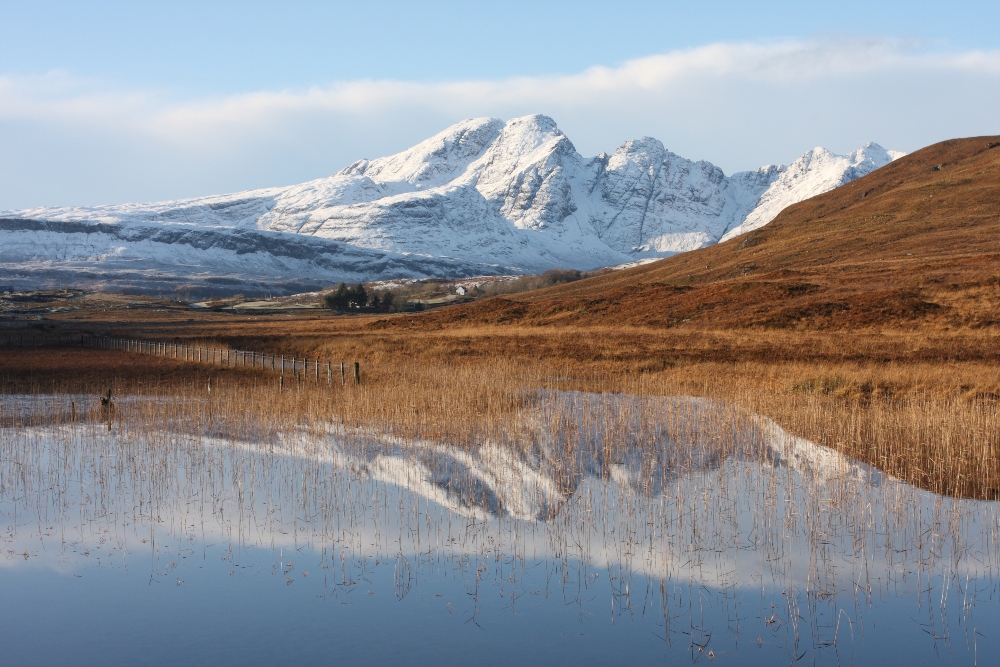
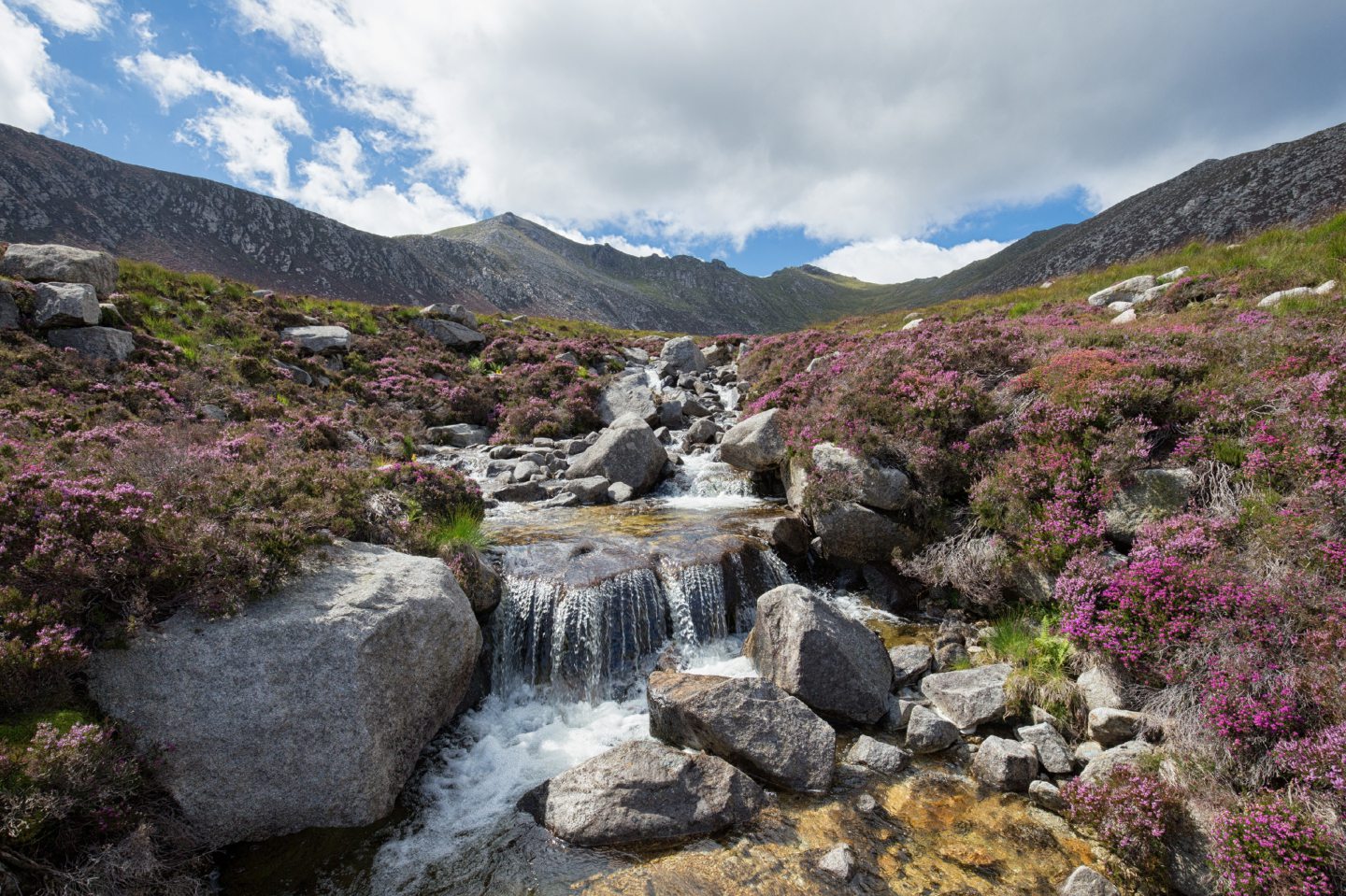 © Shutterstock / Sam Spicer
© Shutterstock / Sam Spicer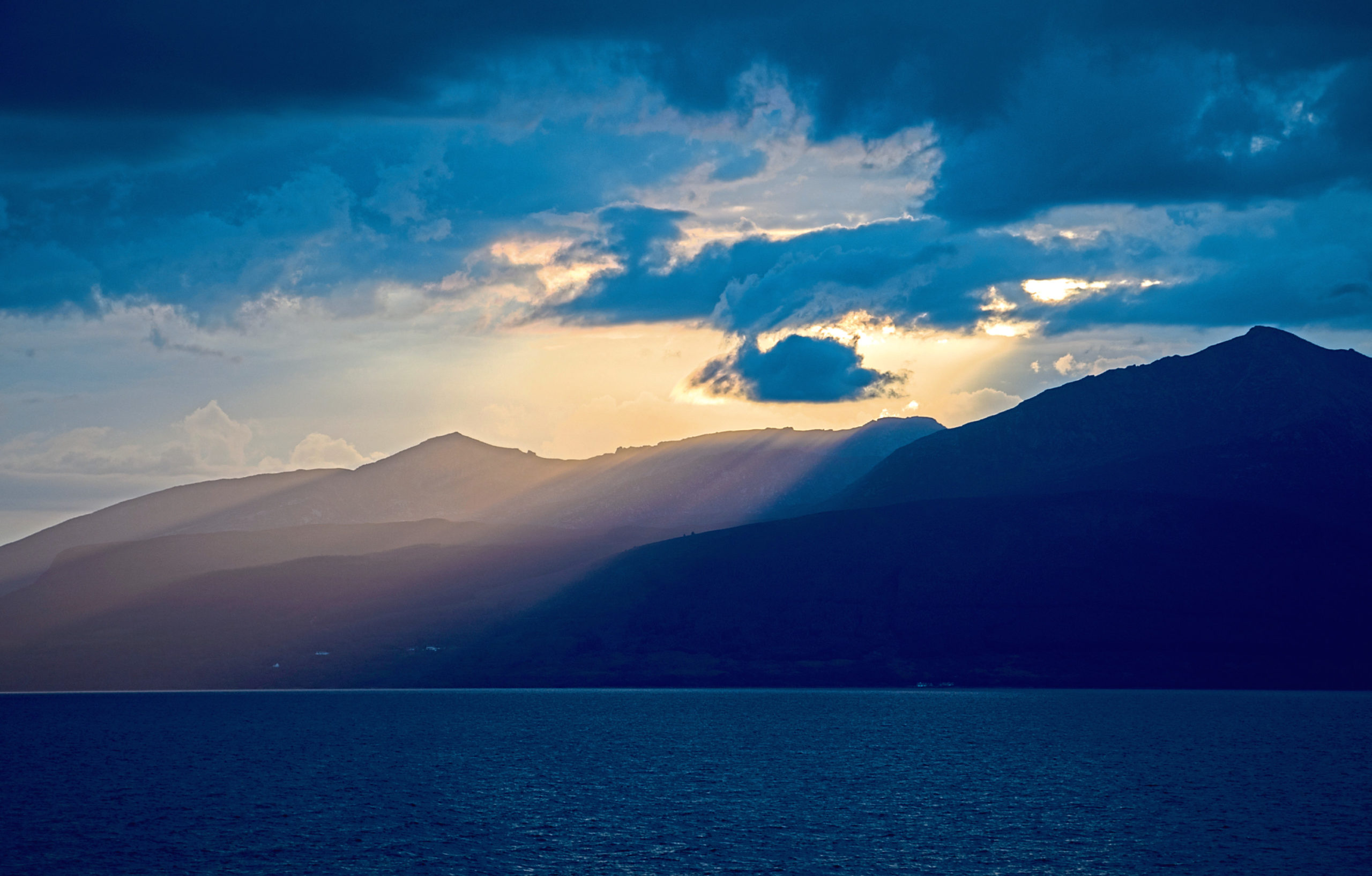 © Shutterstock / The Vertical View
© Shutterstock / The Vertical View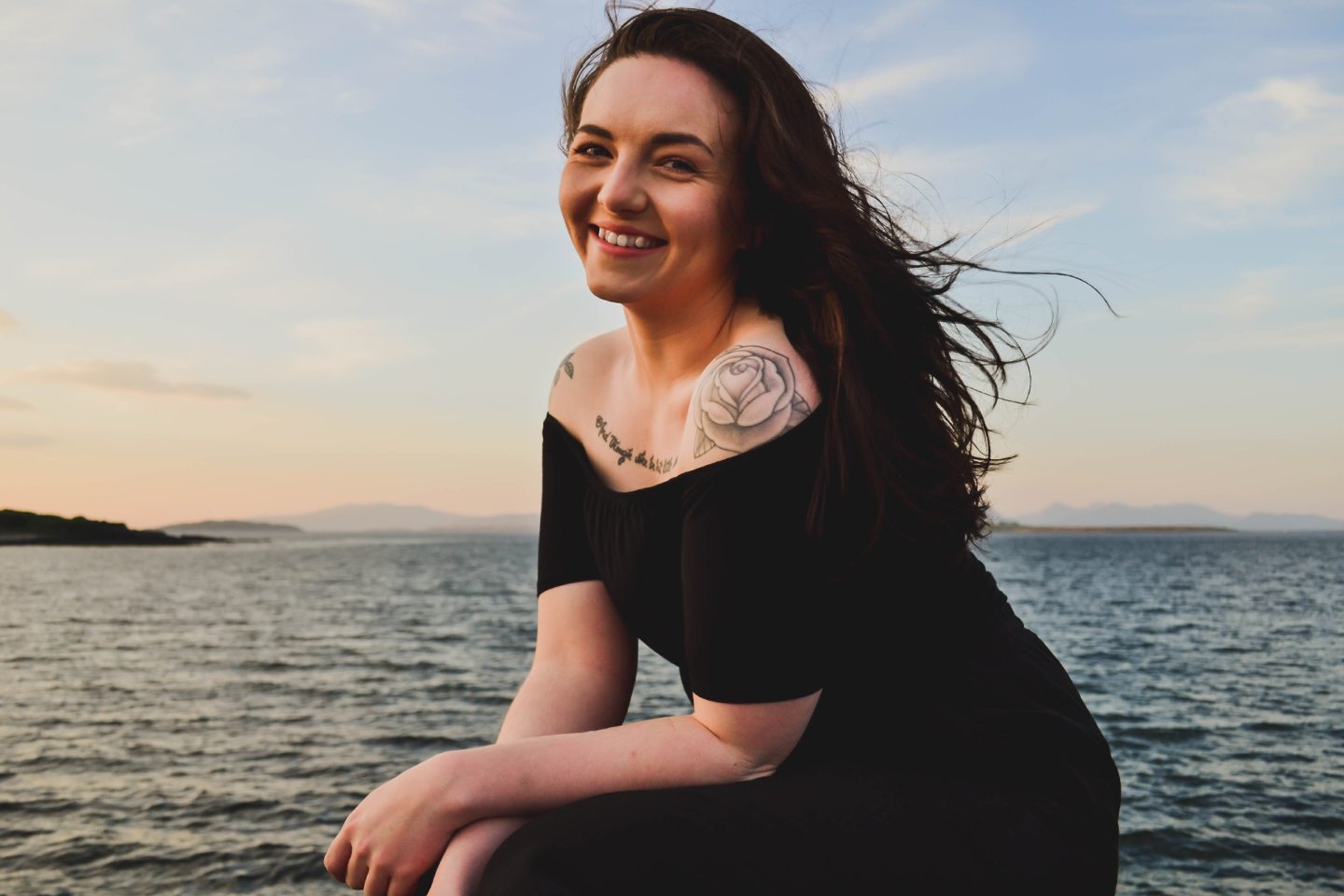 © Supplied
© Supplied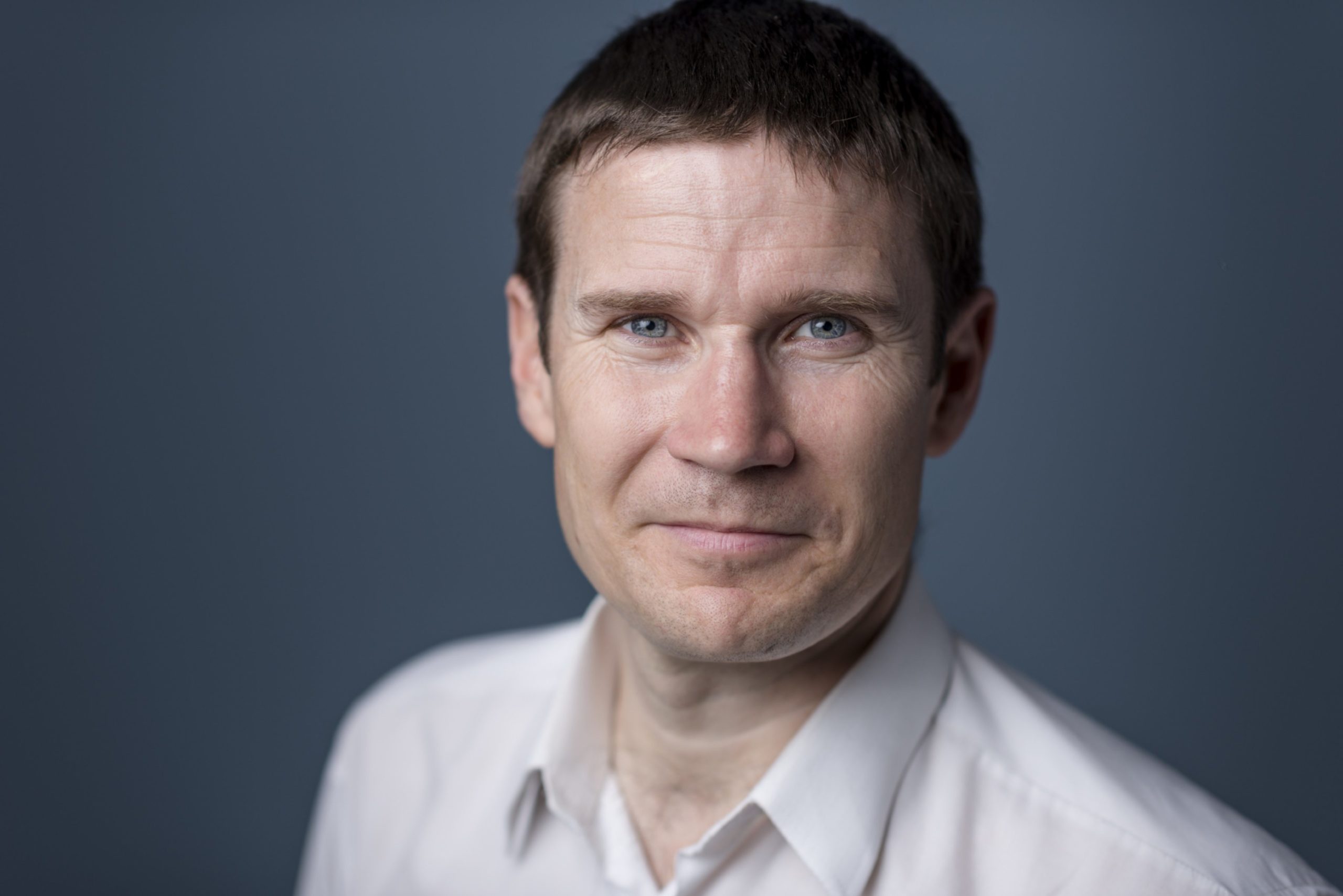 © Supplied by Gavin Francis
© Supplied by Gavin Francis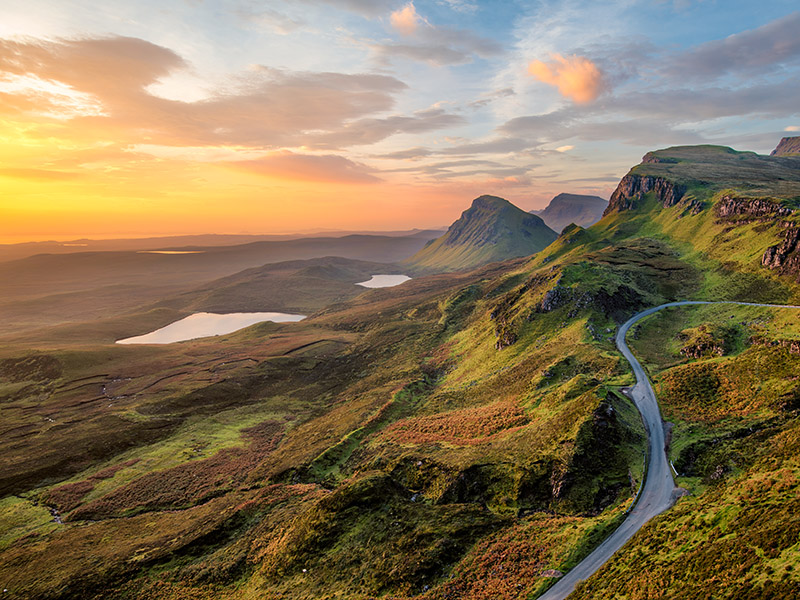 © Shutterstock
© Shutterstock